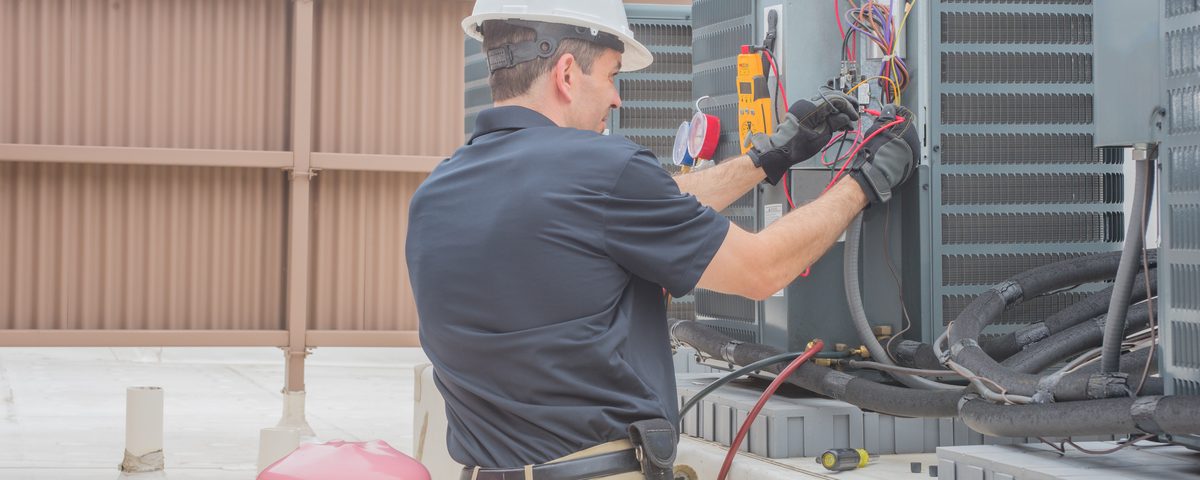Useful Life of Commercial HVAC Equipment: Age is Just a Number, Millions of Data Points Show the Actual Expected Useful Life

Managing the useful life of commercial HVAC equipment is much more than simply basing maintenance and replacement decisions on an arbitrary schedule. If the asset runs more or less than ideal, overall maintenance must reflect the actual runtime and strain. After all, an asset with a higher runtime requires more maintenance and vice versa. The application of data shows the expected useful life of the HVAC unit and offers a path to the adoption of predictive maintenance strategies.
Data Reveals the Expected Useful Life of Commercial HVAC Equipment
The useful life of commercial HVAC equipment is determined by the state of the unit—whether coils are excessively dirty, leaking coils, and excess energy use. Collecting data on the HVAC system performance dramatically affects total maintenance spend. And, applying that data reveals more about the performance and life expectancy of a unit. For example, assets with a higher workload will have an “older” age than their counterparts that are physically older but run less, affecting energy costs. As reported by Joseph Leichner of FacilitiesNet, the HVAC system is one of the building’s largest energy draws — consuming roughly 40% of the building’s energy expense.
If energy consumption is not monitored or managed, it can mean a substantial impact on overall organizational goals and financial profitability. Some energy costs can increase overall annual expenses by 20% or more if not controlled carefully. With performance monitoring, based on the data, experts can help find energy conservation measures and spot facility improvements to reduce energy spend. Data provides a way to view the useful life of commercial HVAC equipment and condition of facility assets, taking into account all the factors of those units that ran excessively or minimally, above or below ideal operating times and conditions.
Additional Benefits of Using Data to Manage Facility Assets
The benefits of applied data in managing facilities assets are not limited to the HVAC unit alone. A comprehensive audit and review of data can identify other areas of concern, ranging from the lighting system through kitchen exhaust systems to uncover opportunities to save money. Since lighting and kitchen appliances all contribute to the air supply delta, knowing how these assets influence the HVAC unit is key to managing its useful life. Tracking asset data allows managers and contractors to forgo reactive maintenance in favor of a predictive, maintenance-when-you-actually-need-it strategy that increases the useful life of commercial HVAC equipment.
Consider this. Scheduled preventive maintenance relies on a series of best guesses for when servicing is needed based on ideal operating conditions. In the real world, nothing is ideal. Assets may run for extended periods, and service schedules may be too far apart to really make a difference. However, there is a far worse side of the equation.
For assets that do not run as regularly, standard maintenance may be too antiquated (I.e. not connected digitally to offer data), resulting in too many visits and higher costs as well. Instead of spending too much on unnecessary visits and making costly repairs, data-driven decision making streamlines the whole process. The application of data extends the useful life of commercial HVAC equipment.
Save Resources with the Right Partner
HVAC contractors need a way to do more with less and provide improved service through proactive maintenance that expands the useful life for commercial HVAC equipment. Smart HVAC controls that collect and apply data to understand what is necessary to optimize system performance save countless resources and add value. Contact HYTECH 24/7 to learn more about how your organization could improve the useful life of commercial HVAC equipment with a smart, Wi-Fi enabled data system now.
